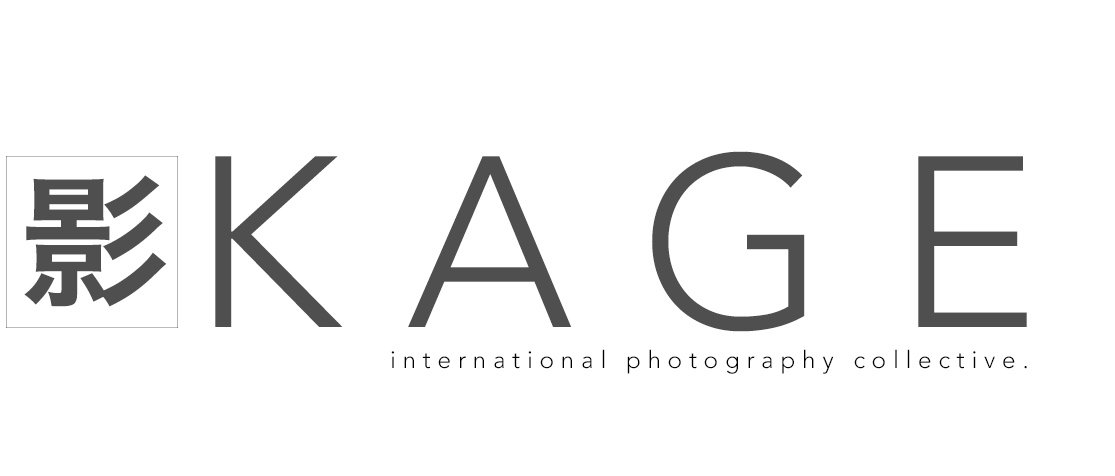By Derek Clark
Personal projects are nothing new, they've been around since the dawn of photography. But a lot of photographers don't do them and are missing out on the chance to do their best work and advance their craft in ways that might not be possible in a commercial context. There are many great photographers that didn't achieve recognition with their paid work, but suddenly shone through because they shot something from the heart, the way they wanted to and not what they thought a client might want.
I started Project Jazz because of my love of the music and the classic black and white photographs of the BlueNote era from great photographers like Herman Leonard, William Claxton, Lee Tanner and many more. All it took to get my project started was an email to Tommy Smith, the leader of The Scottish National Jazz Orchestra. I explained to Tommy what I wanted to do and what my reasons were and he agreed to me going along on a gig. Tommy liked my work and I didn't get in the way. I'm a musician, so I know how I need to conduct myself in situations such as recording sessions, rehearsals and gigs. This has not only developed into a long term project, but has also provided paid work, something that personal projects often do. I’ve provided answers to some common questions about personal projects below which I hope are useful to anyone that wants to get started. The main thing is to start now. You can always change directions later if you need to.
What should my personal project be about?
The subject you choose is very important as it will need to be something that interests you enough to hold your attention over a long period of time. It has to be a a subject that draws you back again and again, but is different enough each time — not just repeating shots you have already captured. If you have a passion for something (other than photography), it might be that you have the perfect subject for a long term project. Project Jazz was an easy one for me because I play saxophone, love jazz and love all the black and white photographs of the great players, like John Coltrane, Miles Davis, Herbie Hancock, Dexter Gordon...etc. I'm now producing black and white photographs that I'd be happy to see in any of the jazz books I own. I think the work I'm doing now is as important for the musicians today as it was to document the greats of yesteryear. This is what keeps me going back. A documentary photographer has a duty to document and hopefully feels the urge to do so on a daily basis.
How long should it run?
Question: How long is a piece of string?
Answer: As long as it needs to be!
Same goes for personal projects. The project will usually determine the length of time it will take. It could be a subject with limited variety, a short window of time that might take a day or two, or even a week or two. But it could be something that will take a lifetime and may never be finished. The big question should be this: does my chosen subject have enough interest for me to keep going and see it through? If the answer is no, you will need to think of something else.
What should I do with the work I produce from my personal project?
Don't just keep it to yourself or leave it sitting on a hard drive. There are many ways to share your personal projects these days, including blogs, magazines, books. It's a good idea to have an end goal in mind. You might be happy just to start a blog and share your project images as you go along. Maybe you have a subject that would lend itself to a book some day. Even if it's not something a publisher would be interested in, it's a great feeling to hold a book in your hands containing your own photographs. There are many self publishing options out there — Blurb being one of the most popular. There are also many specialist magazines on the shelfs that are desperate for content. Would your project make a good feature for them? It only takes an email to the editor and it could help fund part of your project.
What now?
Start right now! Get a notepad and pen or an app like Evernote and start writing down possible subjects for your personal project. What do you have a passion for? What do you have access to in your life that would make a good documentary essay? Write a list and then write plus's and minus's for each subject and see which one keeps pushing its way to the surface. Be open to the idea and the subject will present itself to you... But do it now!
Documenting ourselves on a regular basis and in a variety of ways is an essential long term project IMO.















